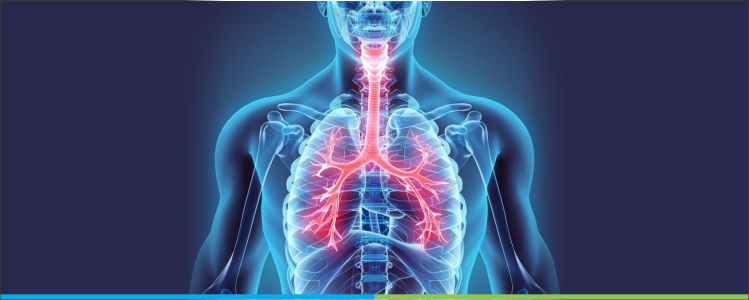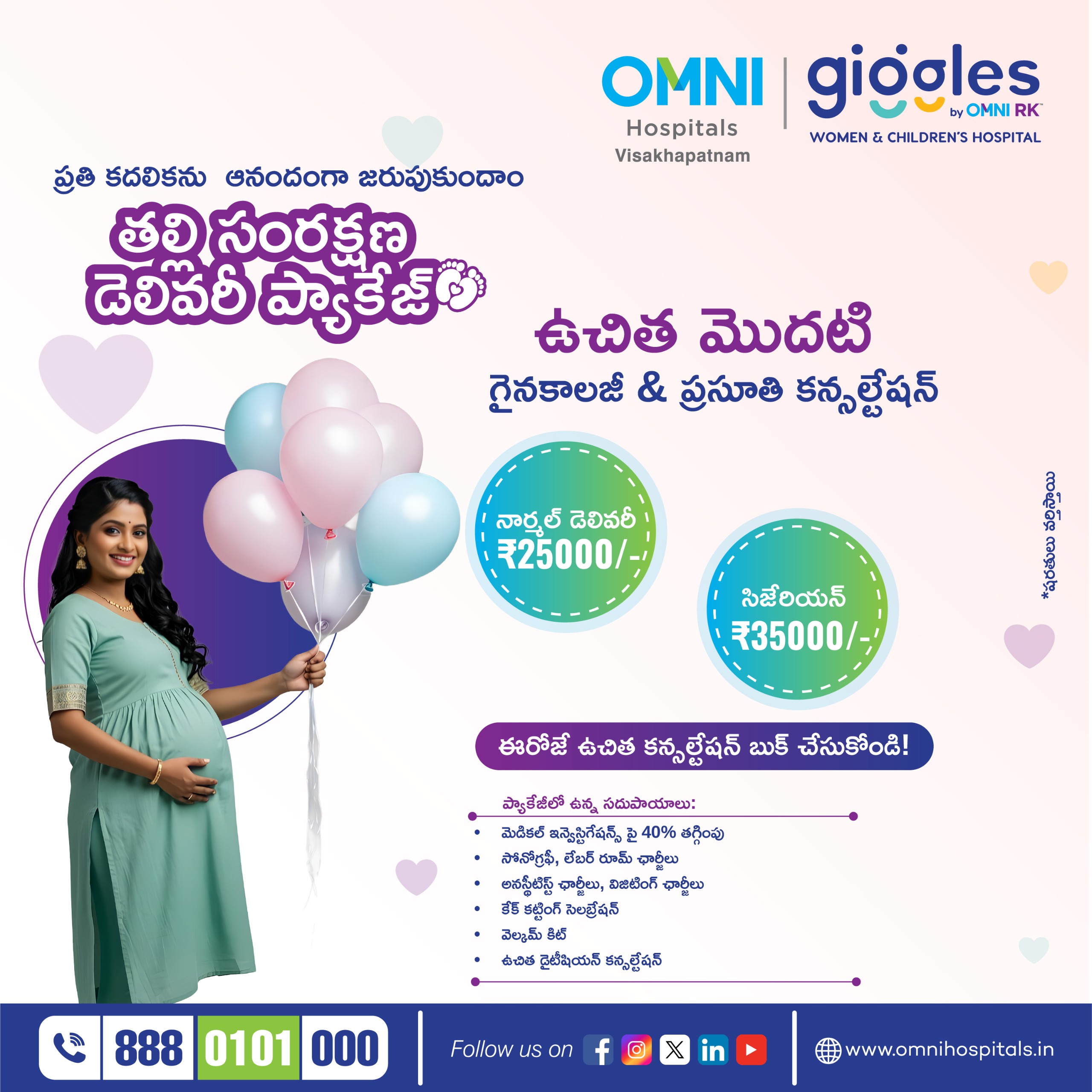Airway Management and Infection Control in Known or Suspected COVID-19 – An Anaesthesiologist Perspective

Introduction
Incidence of novel coronavirus disease 2019 (COVID-19 or nCoV) among healthcare professionals especially among clinicians involved in anaesthesia and critical care is on rise during aerosol-generating procedures i.e. endotracheal intubation and extubation, bag-mask and jet ventilation, non invasive ventilation, oxygen administration through a high-flow nasal cannula or nebulisation, tracheostomy, open suctioning of airways, procedures like bronchoscopy and interventional pulmonology procedures, upper endoscopy, colonoscopy, and transesophageal echocardiography (TEE) etc. The only effective way combating it is infection control. Knowledge about COVID-19 is evolving at a rapid pace. This topic will discuss in brief about airway management and other infection control measures in anaesthesiology setting while dealing with suspected or confirmed COVID-19 patients with precautions recommended from Anaesthesia Patient Safety Foundation (ASPF) and American Society of Anaesthesiologists (ASA). These are hand hygiene and contact, droplet and airborne precautions.
Infection Control in Anaesthesia in COVID-19 scenario
Aerosol generating procedures include
Aims
- Break the transmission of infection to clinicians
- Prevent contamination of anaesthesia equipment
Hand hygiene
Perform hand hygiene with soap and water or alcohol-based solution before putting on PPE, before handling anaesthesia equipment and after every patient encounter.
PPEs
Appropriate PPE for healthcare professionals include respirators (half-face, full-face or N95 masks), PAPRs (Pressurized air-purifying respirators) offer the highest level of protection, eye protection with face shields that cover front and sides of the face, water resistant suits, gloves and shoe covers.
Endotracheal intubation has an increased risk of contracting COVID-19. In a prospective multicenter cohort study, out of 1,718 healthcare workers from 503 hospitals across 17 countries who participated in 5,148 endotracheal intubations, 1 in 10 reported a COVID-19 outcome. In another study from a Hospital in Wuhan China, there is no incidence of COVID-19 in 420 healthcare workers who performed at least one aerosol-generating procedure and wore a complete protection i.e. suits, masks, gloves, goggles and face shields.
Protective barriers
Acrylic boxes, plastic drapes, arm sheaths or gloves are barrier devices. With a variety of protective barrier prototypes flooding the market to protect anaesthesiologist with uncertain efficacy, US FDA in August 2020 issued a letter to healthcare professionals against the use of such devices which may increase the risk of infection to patients and care personnel.
Develop healthy donning and doffing techniques Special attention should be given to the sequence of donning (putting on) and doffing (taking off) PPEs. Even the experienced clinicians are at risk and are infected. After removing PPEs, avoid touching exposed areas of face and neck until hand hygiene is finished. Exposed areas of face and neck can be covered with a towel during the procedure. Beard covers should be worn to avoid contamination of beard hair.
Anaesthesia Equipment – Protection and decontamination
General rule – only the necessary equipment should be kept in the operating room, emergency equipment should be kept outside to avoid contamination.
Prevention of contamination of breathing circuits, ventilators, other monitors and surfaces is critical. Thorough guidelines are developed by the American Society of Anaesthesiologists regarding prevention of infection and decontamination of anaesthesia equipment.
Surface decontamination measures
Large plastic bags are used to cover anaesthesia machines especially high touch surfaces. Plastic covers are available for monitors and other hardware. The risk of contamination while removing those coverings is unknown.
Prevention of contamination of internal components of the anaesthesia machine Breathing circuit should have two filters one at the patient airway, one at the expiratory limb of the breathing circuit. These filters should have viral filtration efficiency >99.99%.
There are different types of filters available for breathing circuits, mechanical filters, electrostatic filters and HMEF (Heat moisture exchange filter). Pleated mechanical filters have viral filtration efficiency greater than 99.99% and their filtration does not affect humidity. Electrostatic filtration efficiency is reduced with humidity. They have viral filtration efficiency less than or equal to 99.99%.
Membrane filters which are different than above-mentioned filters are sieve filters with a pore size 0.2 micron can be added to gas analyse to improve protection.
Equipment Decontamination
Machine and reusable equipment should be decontaminated according to manufacturers instructions.
Gas sampling tube should be changed after every positive COVID patient.
Water trap that receives a gas sampling line need not be changed with every patient if adequately protected by HMEFs.
Sodalime carbon dioxide need not be changed with every patient as it is highly alkaline and viricidal.
Internal components of anaesthesia the machine doesn’t need cleaning if proper care and filtration system is used, but if contaminated, manufactures instructions need to be followed for disinfection and sterilisation.
Once the patient has left the operating room, the doors should remain closed till the room is properly ventilated and aerosols are washed out. Many institutions have started using UV-C or hydrogen peroxide vapour. A proper institutional protocol must be implemented.
Anaesthesia Management
Choice of Anaesthesia
- Choice (General anaesthesia/regional anaesthesia) is dependent on patient factors and planned procedure.
- Though regional anaesthesia is not contraindicated, the timing or decision for neuraxial anaesthesia or deep peripheral nerve blocks is affected as many COVID-19 patients are anticoagulated. Regional anaesthesia avoids general anaesthesia, airway management and its associated aerosol generation.
- Unplanned conversion of regional to GA should be avoided as much as possible.
- Patients not receiving GA should have a surgical mask at all times and if supplemental oxygen is required, the surgical mask is placed over the mask or nasal prongs.
- Oxygen should be given at the lowest flows to maintain oxygenation.
General Anaesthesia
Induction – Perform Rapid Sequence Induction and Intubation
- Consider administering intravenous fluids, vasopressors prior to induction.
- Consider etomidate, ketamine or a combination of ketamine and propofol. Propofol worsens hypoxemia and hypotension. In a study in Wuhan, China, involving 202 emergency tracheal intubations, 74% of patients had hypoxemia, 18% had hypotension and four patients had a cardiac arrest. All the patients were induced with propofol and followed modified rapid sequence induction.
Airway Management
Endotracheal intubation is preferred to the supraglottic airway to seal off the airway and prevent spread.
Both endotracheal intubation and extubation are aerosol-generating procedures, a high-level PPE is required to prevent clinicians from getting infected.
Precautions during Endotracheal intubation:
- Secure airway rapidly on the first attempt
- Intubate in a negative pressure operating room if available
- Use double gloves during intubation and cover the used laryngoscope with an outer glove
- Minimize the number of personnel in the operating room, possibly two persons, intubating person and an experienced assistant in intubation procedure
- Head end elevation is the optimal position for preoxygenation
- For critically ill patients preoxygenation with 100% oxygen for 5 minutes if possible with a tight fitting mask
- Video laryngoscope is preferred mode as the likelihood of intubation on first attempt increases
- Inflate the cuff once endotracheal tube is in place before connecting to the breathing circuit and make sure there is no leak around the cuff
- Leave the viral filter on ETT at all times
- Use closed suction system for tracheal suction
- Use supraglottic the airway in case of rescue ventilation than mask ventilation
After induction wipe off all the surfaces with proper disinfectant as per hospital protocol
Tracheal Extubation
- Administer prophylactic antiemetic
- Minimal personnel in the room
- Prevent secretions while extubation by placing a surgical mask over patients mouth while an endotracheal tube is in place. A wet gauze piece covering nose and mouth can also be used.

Dr Madhusudhanreddy M
MBBS, MD
Sr Anesthesiologist & Critical Care Consultant
OMNI Hospitals, Kothapet

